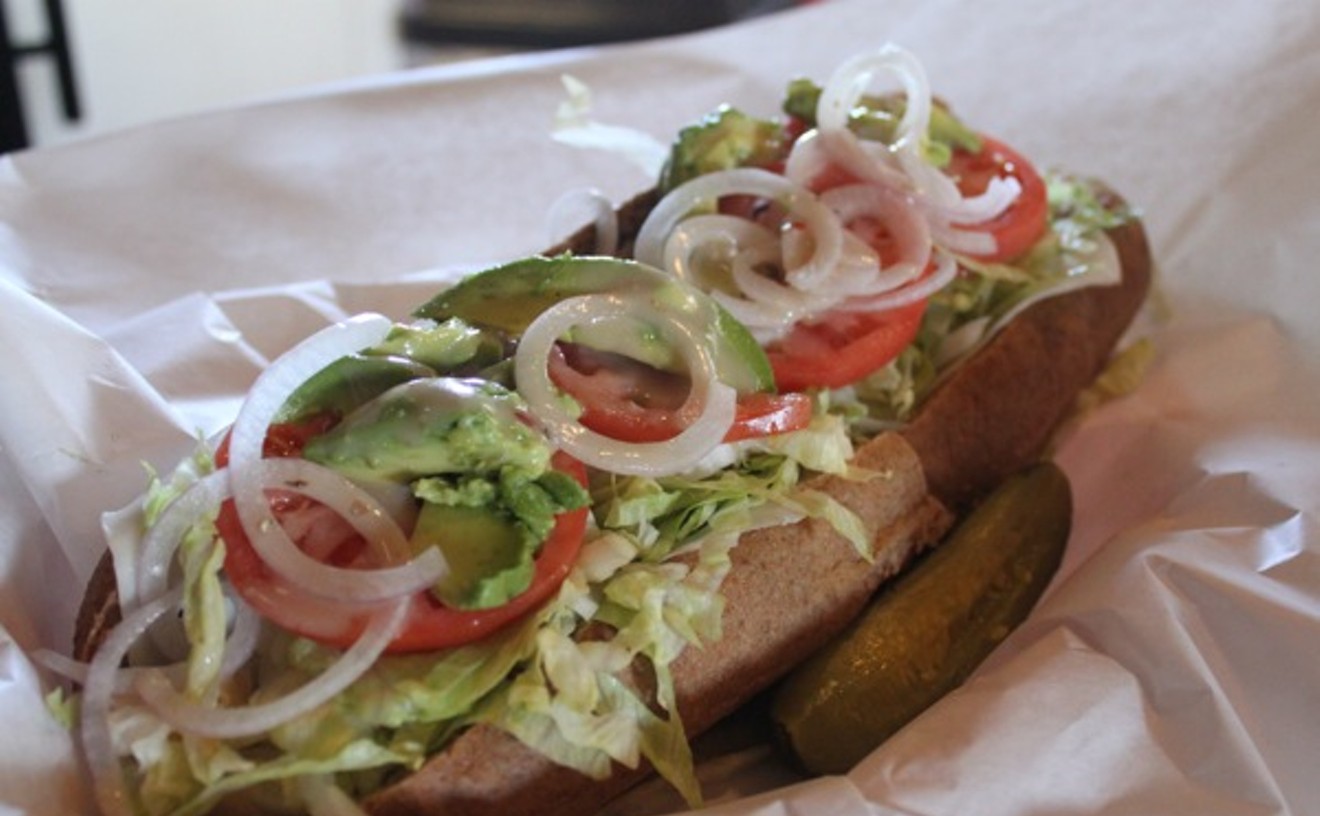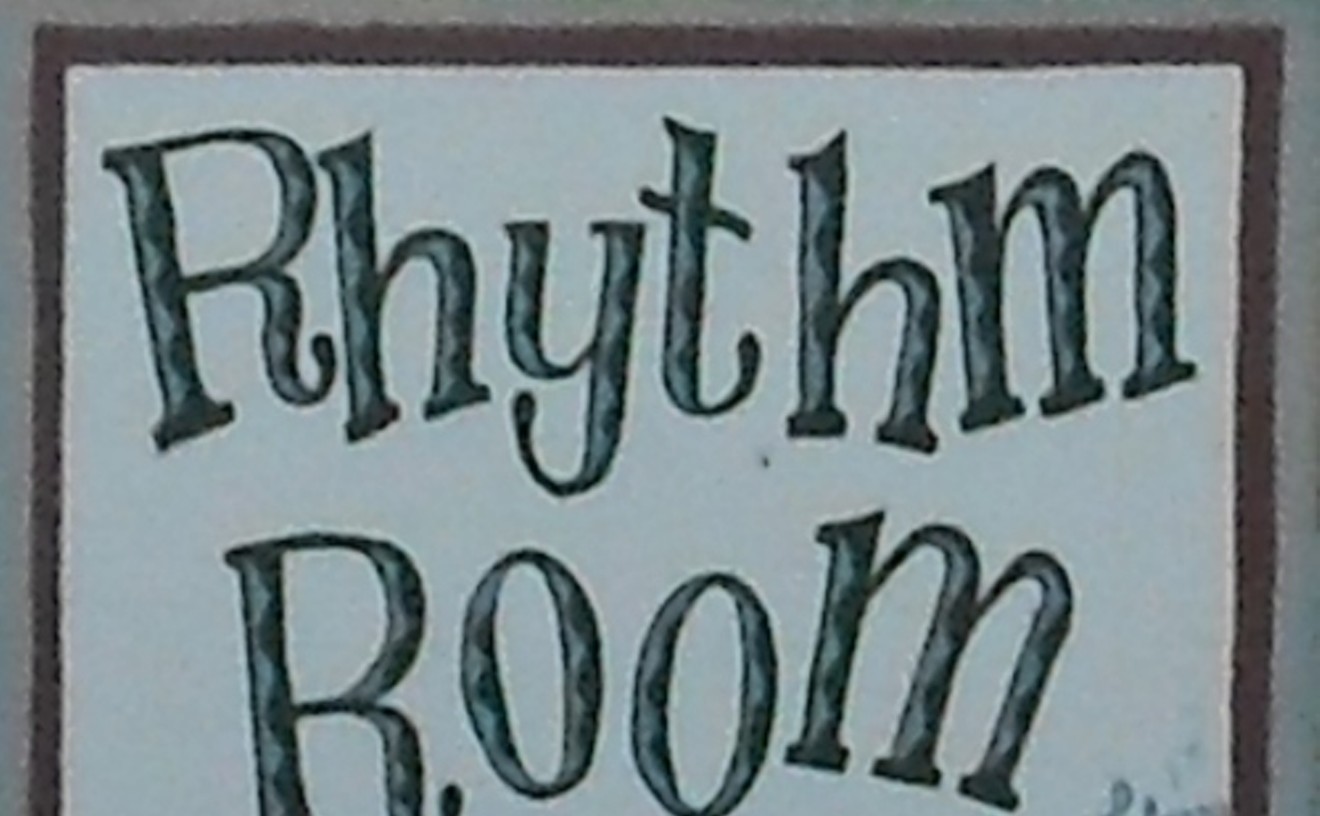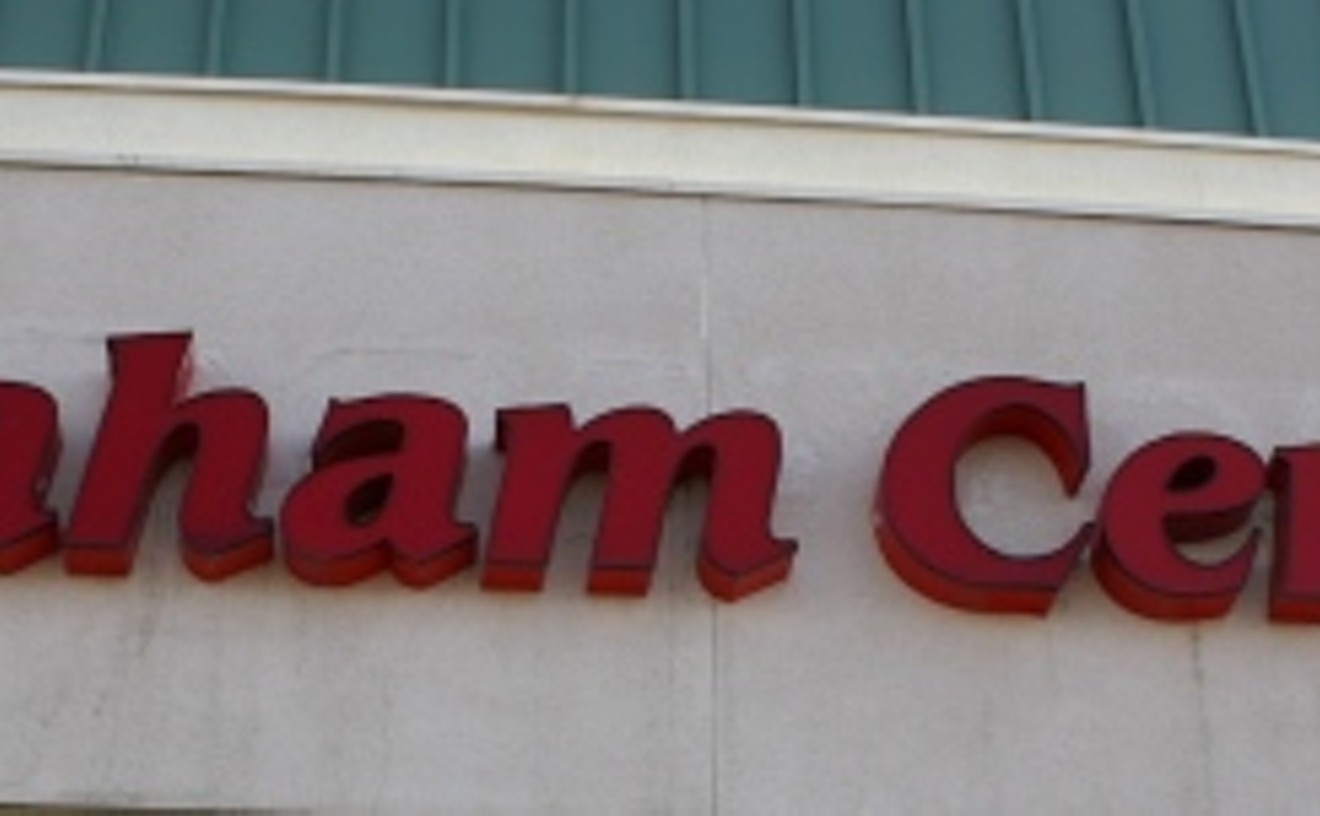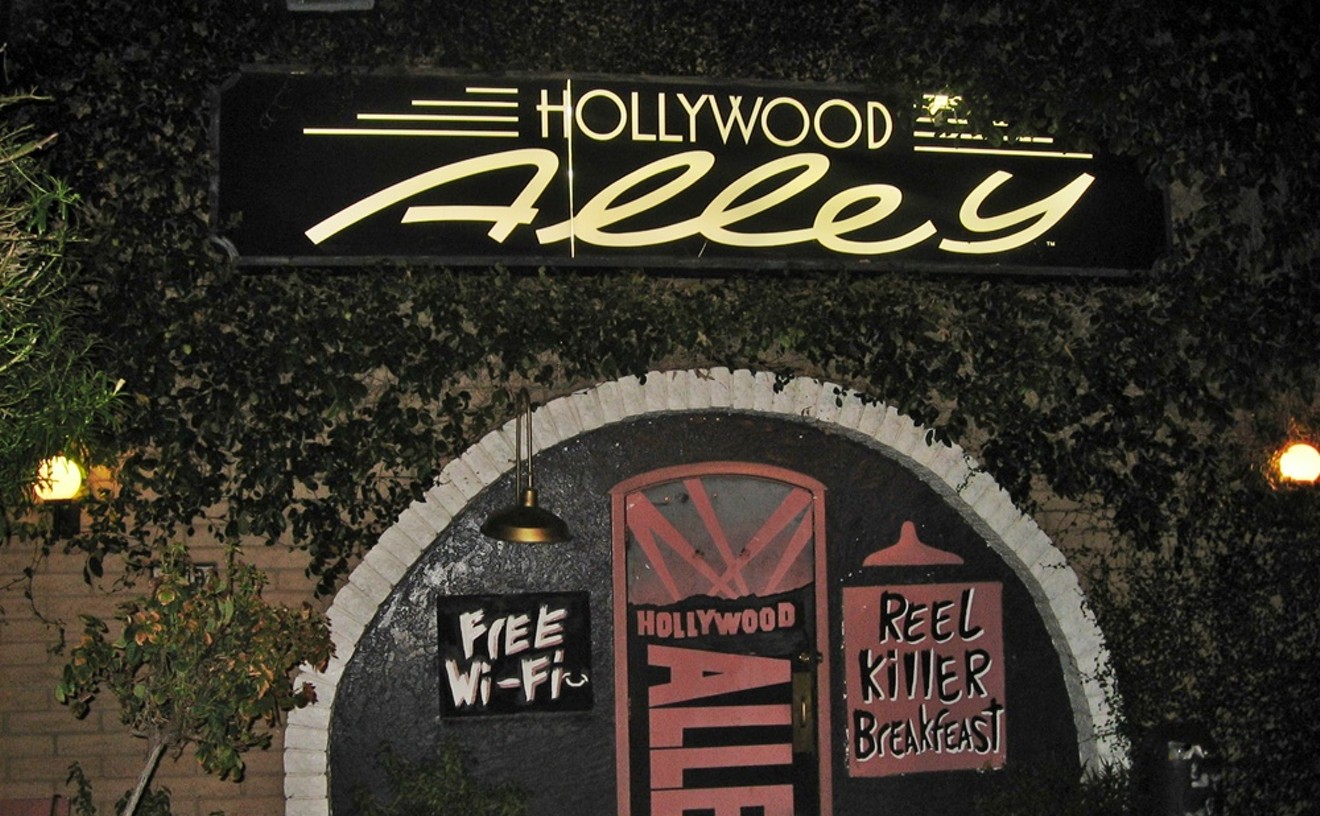BEST COLLECTION OF ARIZONA LICENSE PLATES
The Old Station

- 1301 W. Jefferson St., Phoenix, 85007 Map
- 602-253-7665
- oldstationsubs.com/
BEST VENUE FOR LOCAL ACTS
The Clubhouse Music Venue

- 1320 E. Broadway Rd., Tempe, 85282 Map
- 480-968-3238
- www.clubhousemusicvenue.com
BEST CLUB FOR BLUES
Rhythm Room

- 1019 E. Indian School Rd., Phoenix, 85014 Map
- 602-265-4842
- www.rhythmroom.com
BEST SIGNS OF THE TIMES
"A Few Pieces of Advice to Help You on Your Way"
Other signs read:
"The most important things can't be taught in a classroom."
"Network. It's not what you know it's who you know."
"Learn to Draw."
"Be kind to your knees."
"Don't talk about yourself too much."
"Don't eat tuna fish more than twice a week."
The signs made us think -- enough to call around and try to figure out what the heck was going on. Turns out, the public art project was a collaboration between ASU and the City of Tempe, the brainchild of an artist named Mary Lucking, who collaborated with members of the community to come up with the modern-day truisms.
ASU's Dianne Cripe reports some interesting reactions:
"Some people initially thought they were 'Burma-Shave-type' signs and were supposed to be read as a single message," she says.
One ASU music professor reported that he watched a woman pull up in her car to get a closer look at the "5 boyfriends" sign. She told him that was disgusting and changed it to read "1 boyfriend."
Cripe says: "Mary, the artist, thought that was amusing and then fixed it."
BEST C&W NIGHTSPOT
Graham Central Station

- 7850 S. Priest Dr., Tempe, 85284 Map
- 480-496-0799
- www.grahamcentralstationtempe.com
BEST SIGN OF PAST TIMES
Mr. Lucky's

- 3660 Grand Ave., Phoenix, 85034 Map
- 602-246-0687
BEST CLUB FOR HIP-HOP
CBNC
BEST PUBLIC ART
"Tributary Wall" by Kevin Berry with Design Workshop
Berry's rusty metal fish-out-of-water, swimming placidly on a rippling wall toward a canal originally built by the Hohokam Indians, does double time as a sound barrier for an adjacent residential area affected by nearby commercial development. The fish, one of which swims upstream, are set against glass blocks that allow light to stream out against the wall, which is lined with a metal grid fence stuffed with smooth river stones.
Conceptually, this is Berry's "tribute" to our Native American forefathers who first tamed water in the barren desert of the Valley, as well as to the very headstrong nature of Arizonans themselves, who are notorious for going against the flow.
BEST HIP-HOP NIGHT
Blunt Club

- 2610 W. Baseline Rd., Mesa, 85202 Map
- 480-820-7117
- www.thehollywoodalley.com
BEST PUBLIC WORKS AS PUBLIC ART
Standpipes in the Maple Ash Neighborhood, Tempe
Each work is separately themed, as well as sharing an ample offering of plant and water imagery symbolizing the role both have played in their stomping grounds. The first piece, located at Ninth Street and Maple Avenue, is dedicated to the architecture unique to the homes in the immediate vicinity, with earthenware representations of windows, doors, picket fences, and a curlicue of wrought iron crowning the top.
The second, at 13th Street and Ash Avenue, is a mini-museum of the canal system of the Valley, featuring tiles imprinted with historic photos of swimming in drainage ditches and anecdotes about hunting. There are also seats made from carved-up pipes, as well as a stream-shaped landscaped path. MANA's organizers are planning to redecorate most of the neighborhood's standpipes and keep the creative juices flowing. Other neighborhoods should take note.





